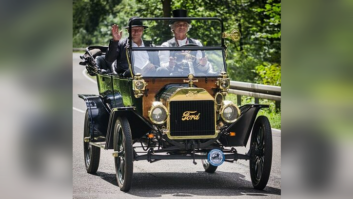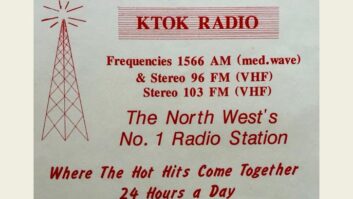BRUSSELS — Public broadcaster VRT’s Labo Radio is now using its first “Light Remote Radio Studio” for Studio Brussel and Radio 2 broadcasts.
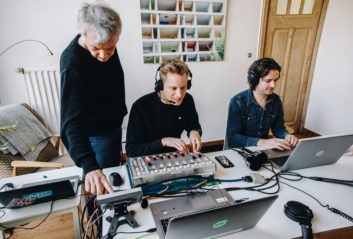
The broadcaster first tested the new mobile studio with MNM presenter Peter Van de Veire, when he hosted the “Ochtendshow” (“Morning Show”) from New York. It then carried out a second trial for the “Bij Vlaeminck” (“At Vlaeminck’s”) Studio Brussel program, where DJ Stijn Vlaeminck produced the show from his living room.
Labo Radio is VRT’s radio “taskforce” for all of the station’s hardware and software systems used for radio production. In close collaboration with DJs, reporters and music programmers, Labo Radio is continuously developing solutions with a goal of helping radio staff produce creative content.
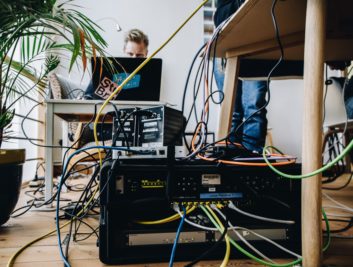
The Labo Radio team is also involved with the design and implementation of VRT’s next generation of radio studios for the broadcaster’s future headquarters, which are expected to be ready in 2021. By means of “proof of concepts,” Labo Radio, together with the on-air department, is aiming to make the future radio studio more user-friendly and flexible through the use of new technology.
“The main idea behind the Light Remote Radio Studio concept is that for outside broadcasts, we only take the ‘remote control’ to the location,” explained Tom Hantson, VRT radio system expert and driving force behind the concept. “Audio sources like telephone, music, jingles or commercials remain in VRT’s main broadcast center, the presenter’s microphone signal and control of the audio sources are on location.”
The new concept consists of standard broadcast equipment like a DHD 52/MX console, a laptop controlling a Dalet Plus playout system, a Broadcast Bionics Bionic Studio telephone system, four Shure Beta 87 microphones or four Sennheiser HME headsets.
“VRT engineers developed this remote technology,” said Christophe Delplace, head of VRT Radio Support.
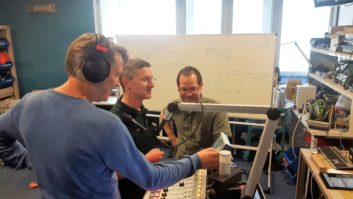
“DHD already featured a ‘control link’ to control multiple cores with one console, or to split faders on a console over one or more remote users. The New York experiment allowed us to test this long-distance, and it proved successful,” Hantson added.
The Light Remote Radio Studio makes use of a dedicated IP VPN tunnel using Peplink Pepwave MAX HD4 router. “The big challenge was delay and jitter using the IP connection,” said VRT Radio System Engineer Pieter De Coster.
“Too much delay would have been disastrous for the on-air result. We achieved good results with a buffer in the VPN tunnel, but it had to be feasible for the presenter. In the case of New York, Van de Veire is an experienced DJ and he reported positive results with the solution.”
The current final version of the Light Remote Radio Studio includes a feature that allows the presenter to fine-tune the delay from the outside broadcast location, synchronizing the antenna output signal with the DJ’s headset. “It all comes down to establishing a balance between user-friendliness and the extra possibilities offered by this technology,” said Delplace.
“In case of an issue such as signal loss, the engineer in VRT’s broadcast center gets an acoustic warning signal and can take control,” added Hantson and De Coster.
With a second Light Remote Radio Studio in production, outside broadcasts require less staff and logistics. Does this mean the end of OB-vans for the broadcaster?
“We face increasing demand for on-site broadcasts,” said Delplace. “In the past, we had to drive an OB-van or a truck with 10 flight-cases to the location, and two engineers for 12 hours for a standard production. The Light Remote Radio Studio is shipped in two compact flight-cases with one engineer, cutting the amount of resources and support required to about 60%. This allows us to answer increasing demand without increasing staff.”
In September, VRT’s Radio 2 began using the Light Remote Radio Studio for its Saturday morning show “Start je Dag” (“Kick off your day”), hosted by Kim Debrie. VRT’s Studio Brussel is also implementing the solution on Fridays for an eight-hour radio broadcast from SME (small medium enterprises) throughout Flanders, offering “music at work.”






